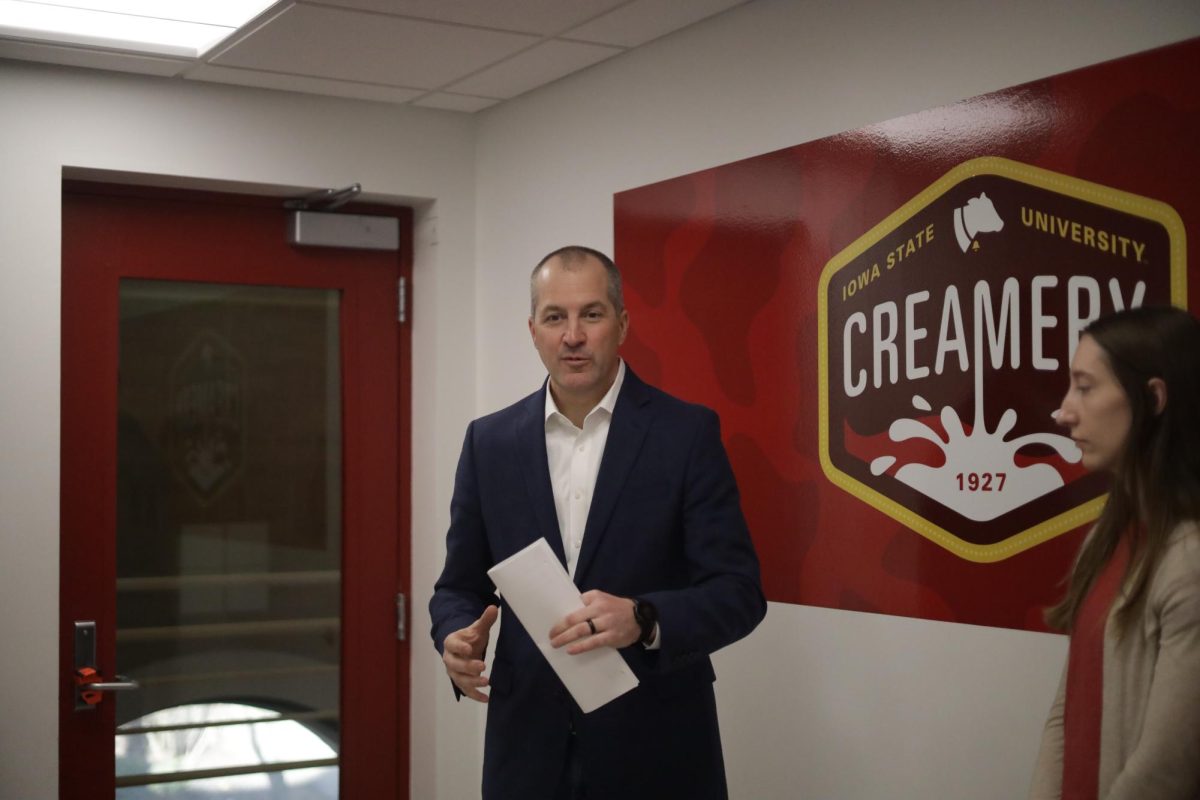Meth ‘drug of choice’ in Midwest
October 8, 1998
It is a big problem in Iowa, but for now, many officials say it is not a problem on the Iowa State campus.
The recent discovery of a methamphetamine lab at ISU’s University Village apartments may raise questions about the prevalence of meth on campus, but some university and public safety officers said there is little evidence to suggest meth use has had an impact on the ISU community.
“I don’t think it’s anything germane to Ames or Iowa State,” said Ames Police Sgt. Randy Kessel. “But it’s becoming the drug of choice in the Midwest.”
Kessel said there has been a 300-percent increase in Midwest meth cases, and 90 percent of current drug cases are meth-related.
Department of Public Safety Director Loras Jaeger said this increase at the state level should not be ignored as an indicator of future meth activity on campus.
“The state has been seizing more meth than ever before,” Jaeger said. “I don’t see it as an escalating problem at Iowa State, but [meth] is appealing to students because it is one, cheap, and two, available.”
Methamphetamine, which can be manufactured by using primarily over-the-counter chemicals, increases the body’s metabolism and produces euphoria, according to a report issued by the U.S. Department of Justice’s National Drug Intelligence Center.
Kessel said one reason meth is a growing problem in the Midwest is that meth is most commonly manufactured in unpopulated areas, such as abandoned farm houses and barns. He noted that the University Village case was a unique exception to this trend.
“[Making meth] is a multi-step process,” Kessel said. “People can start in their vehicles and move to other locations.”
Kessel described meth as a “blue-collar-type drug.”
He said workers often take the drug to stay alert on the job, allowing them to work longer hours. He also said women commonly take the drug to lose weight.
The Department of Justice report states that the adaptation of methamphetamine to a drug that can be smoked has led to its increased prevalence, and that it is most dangerous during a stage called “tweaking,” in which a meth user is paranoid and irritable after being awake for as long as 15 straight days. The report states that a “tweaker” may become violent and dangerous.
“In some ways, it could become popular with college students because it gives you a lot of energy,” said Jeanne Burkhart, coordinator of Substance Abuse Services. “But when you come down, it’s a tough crash. I hope that would make it unappealing to students.”
Burkhart said the Student Counseling staff has observed an increase in hard drug use, though no significant meth problem could be identified.






